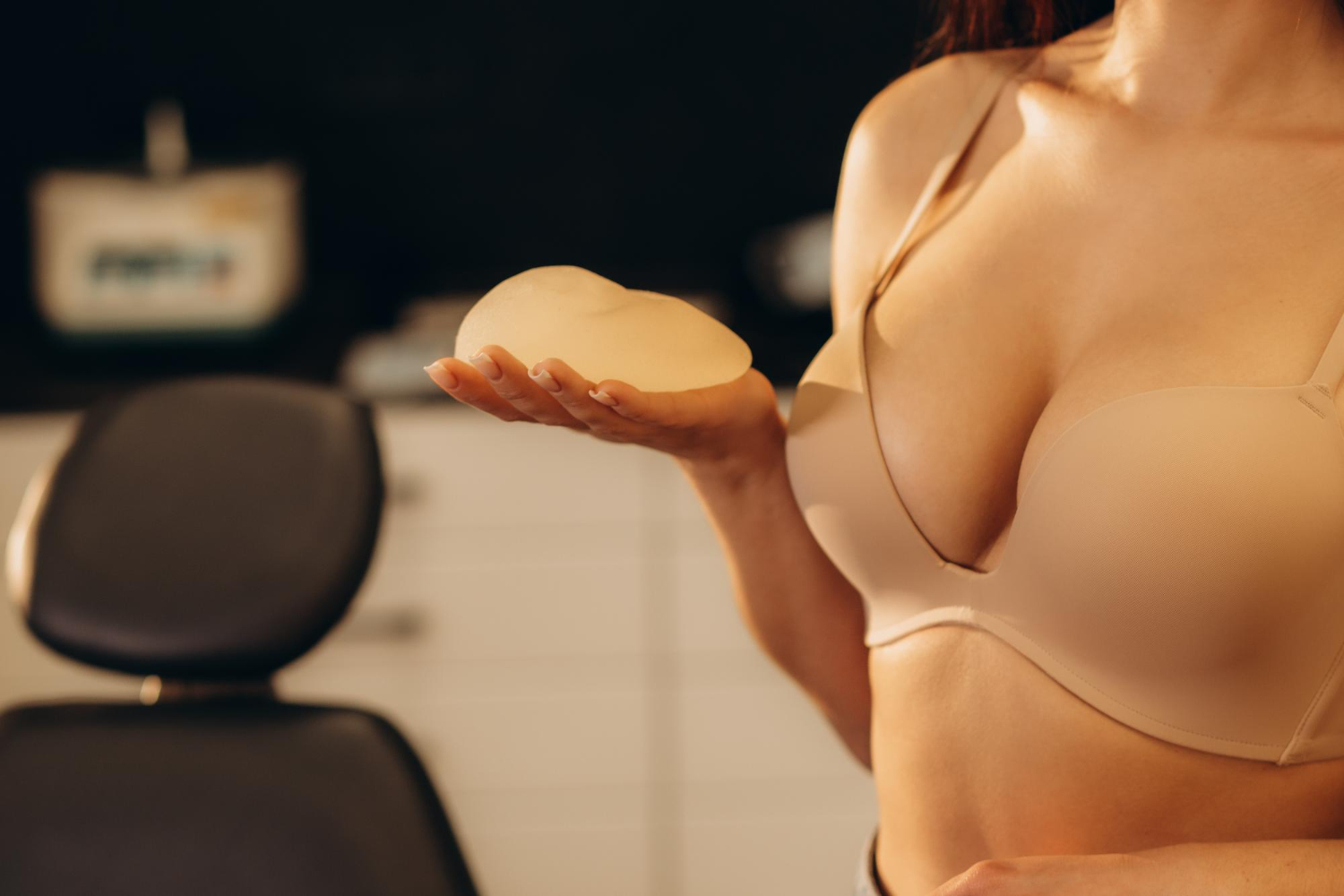Quote of Onep
Breast augmentation surgery is a commonly chosen procedure in the field of aesthetic surgery, typically performed to increase the volume or correct the shape of the breasts, predominantly sought after by women. This surgery is often preferred by individuals who have experienced a loss of breast tissue or volume due to factors such as genetics, aging, pregnancy, or weight loss.
The surgery is usually personalized based on the individual's aesthetic goals and body structure. A comprehensive preoperative consultation and evaluation process help the surgeon understand the patient's expectations and formulate the most suitable plan. Breast augmentation surgeries can often contribute to increased self-confidence, greater freedom in clothing choices, and overall enhancement of the aesthetic appearance.
- Abdominal liposuction
- Arm Lift (Brachioplasty)
- Blepharoplasty (Eyelid Correction)
- Brazilian Butt Lift (BBL)
- Breast Augmentation with Tear Drop Implants
- Breast Correction
- Breast Lift
- Breast Reconstruction
- Breast Reduction
- Brow Lift
- Buccal Fat Extraction
- Butt Implants
- Buttock lift
- Buttock Reduction
- Cheekbone Reduction
- Chin Implant
- Chin Liposuction
- Combined Aesthetics
- Cosmetic Dermatology
- Dimpleplasty
- Health Insurance
-
Accommodation
- Online Healthy Life Assistant 9/5
- Post - Experience Follow Up 6 Month
-
Extra Privileges
- Transfer
- Health Insurance
-
Accommodation
- Online Healthy Life Assistant 24/7
- Post - Experience Follow Up 1 Year
- Pre-Treatment Doctor Consultation
-
Extra Privileges
- Transfer
 Private
Private
- Health Insurance
-
Accommodation
- Healthy Life Butler
- Post - Experience Follow Up 2 Year
- World-Famous Doctor Consultation
-
Extra Privileges
* Price varies depending on extra and upgrade selections.
Breast augmentation, also known as augmentation mammoplasty or a "boob job," is a common surgical procedure to enlarge or bring symmetry to the breasts. It can be performed to increase natural size, correct sagging and volume loss, or reconstruct breasts for breast cancer patients who have undergone mastectomy surgery.
Individuals eligible for this surgical procedure are those dissatisfied with their current breast size and have completed their breast development. This intervention is particularly beneficial for individuals with breast asymmetry, ensuring both breasts achieve a harmonious balance.
The methodology for breast augmentation varies depending on the preferred technique. Achieving the desired breast enlargement involves attaching a breast prosthesis, with the procedure typically performed under general anesthesia. There exist two fundamental types of breast implants: Saline and silicone gel. Saline-filled implants consist of silicone shells filled with sterile salt water. Some come pre-filled, while others can be filled post-placement, allowing for smaller incisions and scars. Silicone gel-filled implants, on the other hand, comprise silicone shells filled with a plastic gel. As these implants are pre-filled, they do not permit size adjustments based on body proportions. The choice of the best implant depends on the specific needs of each patient, taking into consideration the individual's breast and rib cage structure. Opting for a realistic prosthesis is crucial at this stage.
Primarily, these silicones undergo rigorous testing and are manufactured with utmost reliability. Therefore, we can say that there is no risk.
The recovery process following breast enlargement surgeries varies from person to person. Discomfort and postoperative issues generally subside within a few days. However, a complete recovery necessitates a period of rest spanning one to two weeks, allowing the patient to fully resume normal activities within two to three weeks.
Calculating the weight of breast implants requires knowledge of the desired volume. The weight of these implants can range from 120 to 400 grams, influenced by various factors, with the potential for greater weight depending on the chosen size. A qualified surgeon will lead you on this decision.
The majority of FDA-approved silicone and saline implants are designed to last 10-15 years. Replacement is unnecessary if no issues arise within this timeframe.




